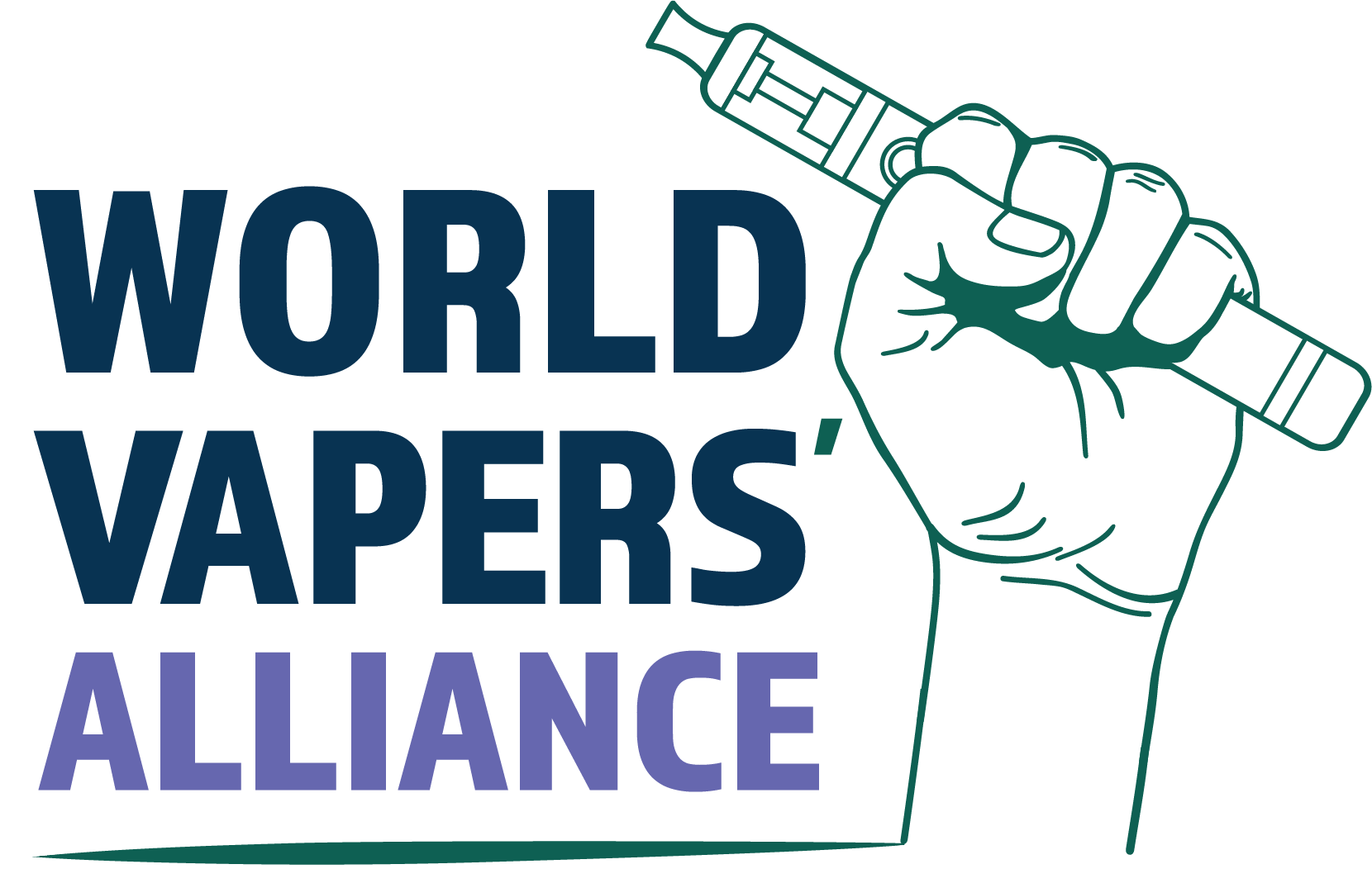Tobacco smoking is widely acknowledged as a leading cause of illness and death in Africa, and reducing smoking is vital to public health. Tobacco harm reduction (THR) is a public health strategy to lower the health risks to individuals and wider society associated with using tobacco products. It is an example of the concept of harm reduction, a strategy for dealing with the abuse of other drugs. This is a model developed by a number of well-known public-health experts.
In high income countries, smoking rates have been reduced mostly by reducing the uptake of smoking among younger people rather than improving the rates of quitting among established smokers. It is, however, current smokers who will face disease and death from smoking. The harm reduction equation describes the criteria for making a significant impact on public health by converting the greatest number of existing adult smokers to less harmful alternatives to smoking.
It is generally understood that it is not nicotine itself that is harmful, but the method of delivery, i.e. burning tobacco. Nicotine is addictive but not otherwise very harmful, as shown by the long history of people safely using nicotine replacement therapy products (e.g., nicotine gum, nicotine patch). Nicotine increases heart rate and blood pressure and has a range of local irritant effects but does not cause cancer. None of the three main causes of death from smoking—lung cancer, COPD and cardiovascular disease—is caused primarily by nicotine. The main reason smoking is deadly is the toxic mix of chemicals in smoke from combustion (burning) of tobacco. Products that can effectively and acceptably deliver nicotine without smoke have the potential to be less harmful than smoked tobacco.
Tobacco harm reduction measures have been focused on reducing or eliminating the use of combustible tobacco by switching to other nicotine products, including:
- Cutting down (either long-term or before quitting smoking)
- Temporary abstinence
- Switching to non-tobacco nicotine containing products, such as pharmaceutical nicotine replacement therapies and electronic cigarettes
- Switching to smokeless tobacco products such as Swedish snus or nicotine pouches
- Switching to non-combustible tobacco products
Quitting all tobacco products definitively reduces risk the most. However, quitting is difficult, and even approved smoking cessation methods have a low success rate. In addition, some smokers may be unable or unwilling to achieve abstinence. Harm reduction is likely of substantial benefit to these smokers and public health. Providing reduced-harm alternatives to smokers is likely to result in lower total population risk than pursuing abstinence-only policies. This approach is what is referred to as tobacco harm reduction.
For more information, visit www.tobaccoharmreduction.net



